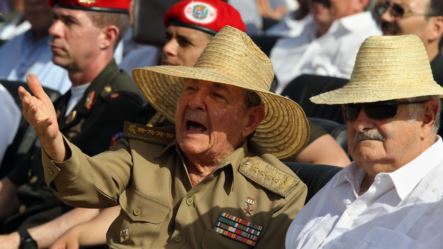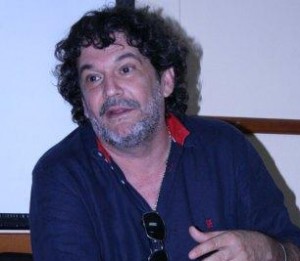
HAVANA, Cuba, September, www.cubanet.org – Edmundo Garcia, ardent defender and offshore soldier of the Cuban dictatorship, hosts in Miami — in Miami no less! — a radio program that constitutes an extension of the Roundtable TV talk show in Havana. His insults against imperialism and against “anti-Cuban counter-revolutionaries,” like his praises rendered to the Castro regime, are the most convincing demonstrations that the ineffable Edmundo enjoys the opportunity that freedom of expression permits in a democratic country, which the peaceful opposition does not enjoy in Cuba because the regime that he defends denies it to us.
Edmundo rants publicly against the critics of the Castro regime, visits the Island to relax in restaurants and tourist resorts where the majority of his “compatriots” have no chance to even poke their noses, as cool as a cucumber, he walks through those northern and these southern streets without being arrested or harassed, which — let me say — seems great to me.
Many Cubans wonder what reasons pushed Señor Garcia to leave his native land, which — to judge by his own statements — he rates as the fairest system in the world with a government that any democratic nation would envy, to settle in the most hellish and imperfect nation on the planet where, to be precise, terrorists run rampant and the worst enemies of Humanity and Cuba govern. But this seems to be a mystery that only the bilious member of the claque himself can reveal, or — of course — the Cuban government. Meanwhile, Edmundo continues to preach in his underwear, because he is the living embodiment of the opportunist.
He projects this on others and he described as “unfortunate,” “opportunistic” and “disrespectful” the performance by the artist Robertico Carcassés at the recently held gala for the release of the Cuban spies who are serving long sentences in the United States. In the improvisation, Carcassés declared his desires for free access to information, the end of the blockade and the internal-blockade, the power to elect the president directly (“and not by other means”) and asked for “freedom for the Five and also for Maria,” and also launched a phrase that is highly radioactive in Cuba: “Neither militants, nor dissidents, all Cubans with the same rights.”
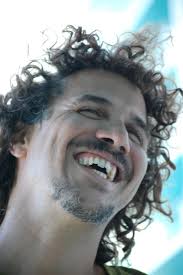
The audacity of the artist consists not only in the fact of having expressed publicly the desires of an immense majority of Cubans, without his suggesting he belongs to the opposition sector or is committing a legal transgression — all a flagrant challenge to the authorities on the Island — but in having done it precisely at the Protestdrome, in front of the United States Interest Section, the Castro-anti-imperialist scenario par excellence, and as part of an “activity” called with great fanfare by the official media, at which supposedly the entire cast should respond with absolute fidelity to the directives of the ruling elite.
And of course, for Robertico Carcassés it wasn’t opportunistic. Quite the contrary, it was marvelously opportune. So much so that — regardless of whether at some future mediated by the figureheads of the regime, making use of their usual resources of ideological conviction, they get him to publicly take back his (our) truths — as great as temples; and they were said. What’s more, it’s the first time that so much contained hope and so many desires shared by millions of Cubans were spoken live and so clearly on an official stage. And this is the most dangerous for the owners of Edmundo Garcia. If the opposition had had the microphone, it could not have done better.
Because, and here is what should be a lesson to us all, nothing is as powerful and effective as simply and plainly expressing the hopes of an entire nation, not from fiery patriotic discourse or from sectors of the opposition — as demonized and feared by the government as they are little known by society — without infringing upon the rights of those attending, but rather from the courage and shame of an individual not subject to ideological compromises. That is honesty, the exact opposite of opportunism. We need many Robertico Carcassés in Cuba, with or without microphones.
For a few brief minutes, this artist demonstrated, perhaps unintentionally, that the streets, the plazas, the platforms and the microphones do not belong to the “Revolutionaries,” but to all Cubans. For that alone his audacity had value, it was really worth it. Blessed be his way to taking advantage of the opportunity! For the gift of those moments of public freedom practiced from the official media we should thank the young Carcasses, with all our hearts.
From Cubanet
24 September 2013

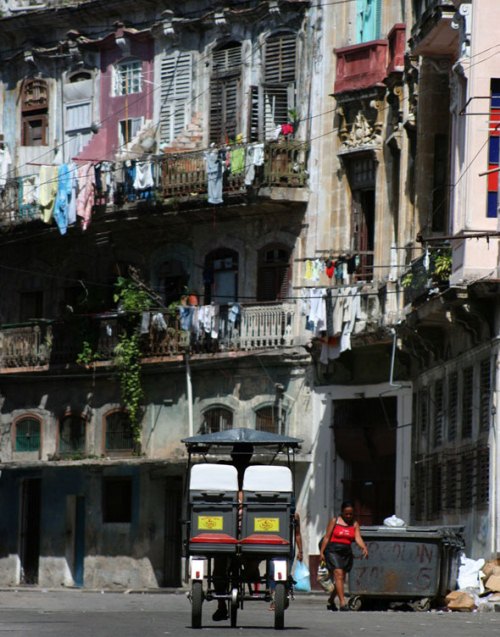
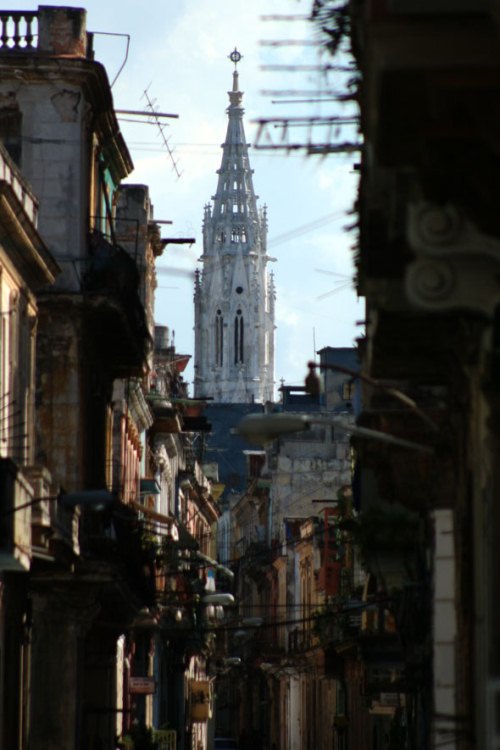
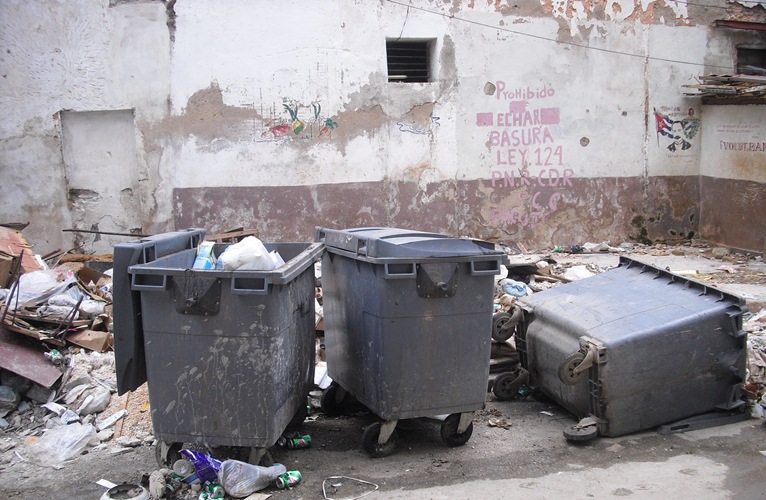
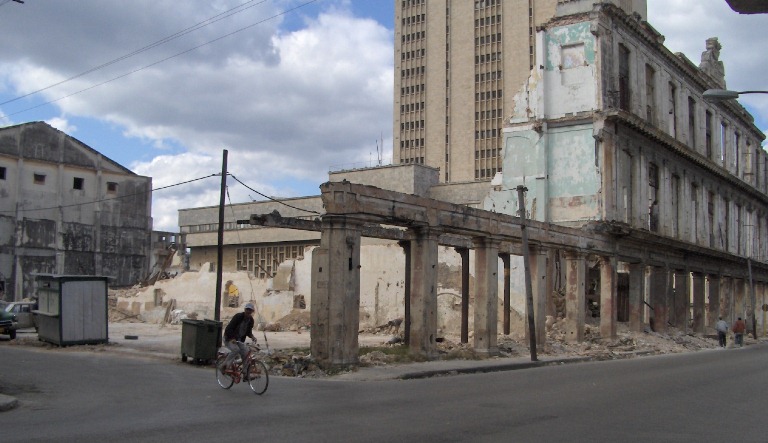
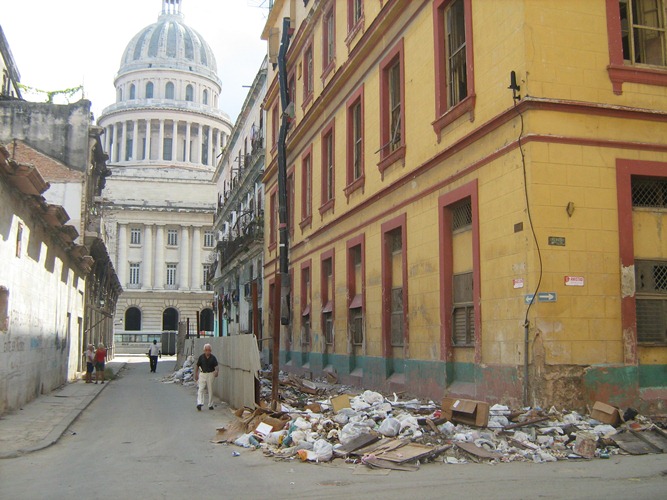
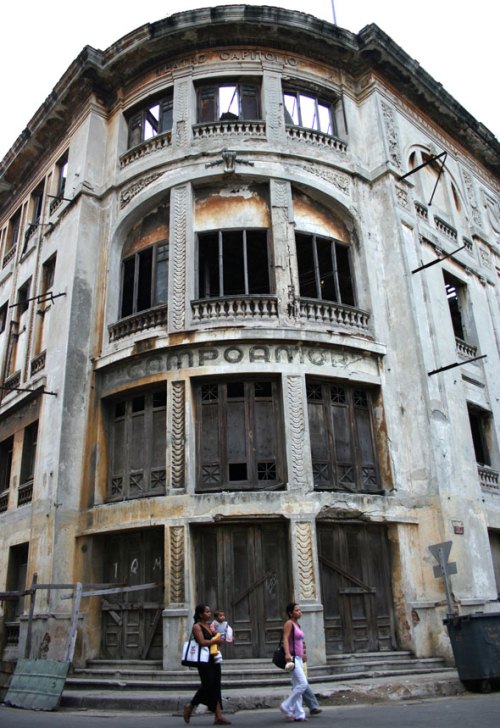

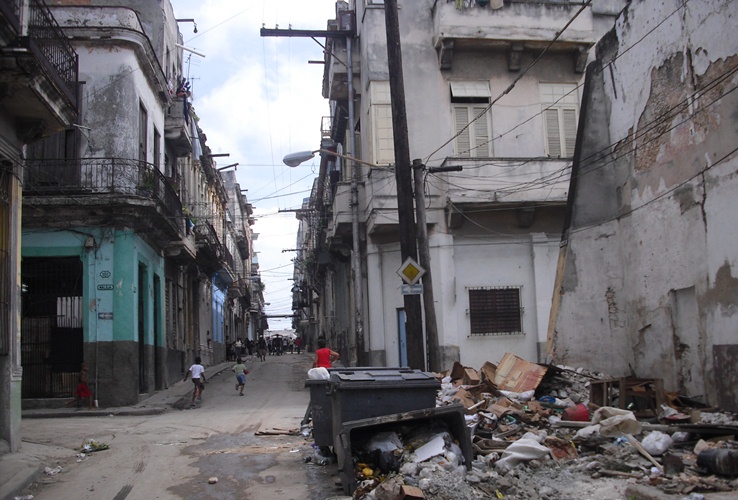
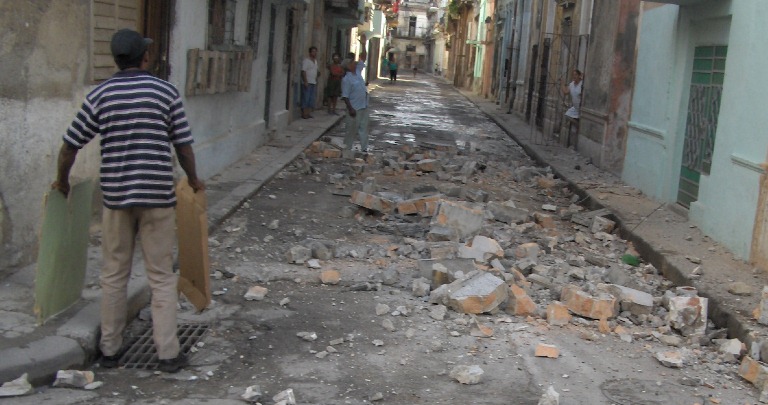
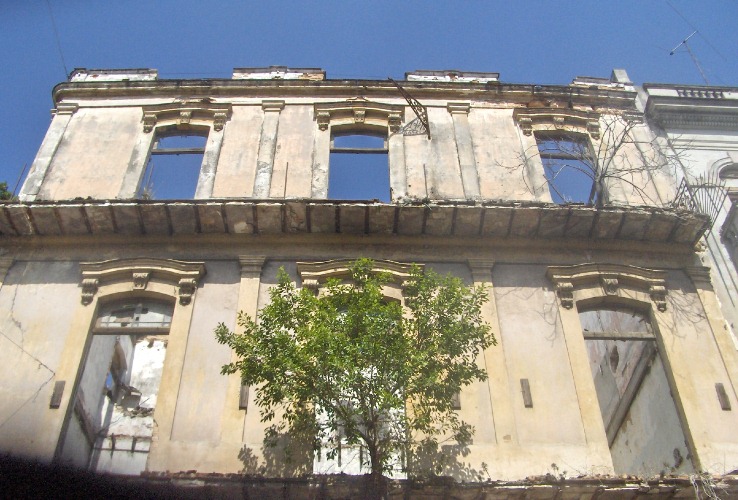
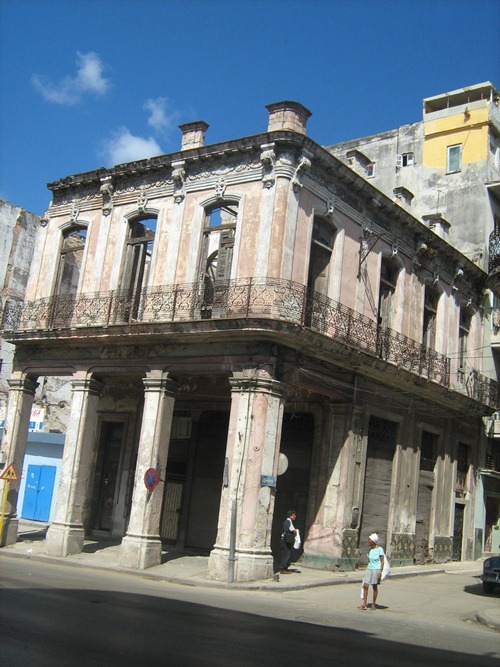
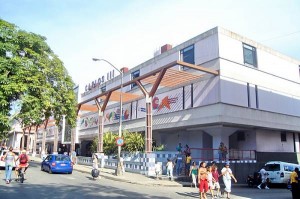
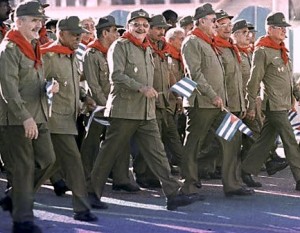

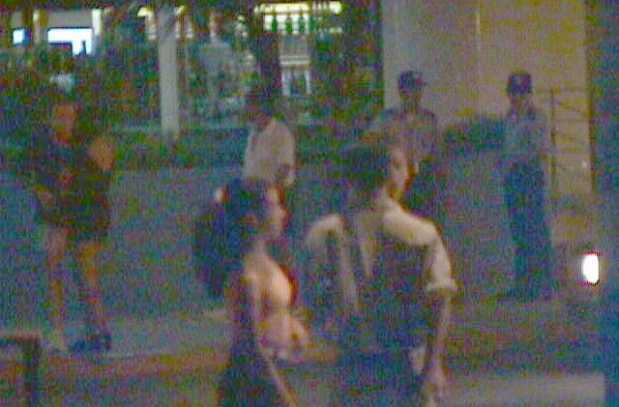
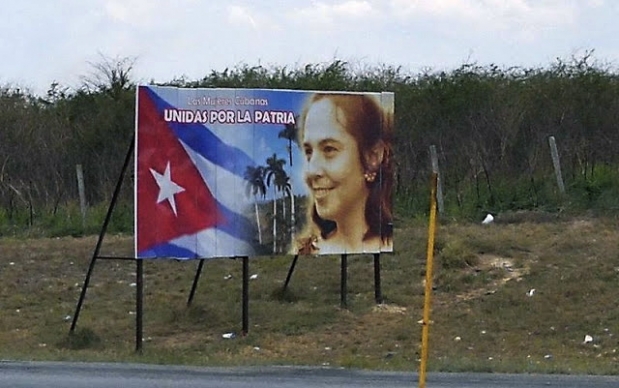
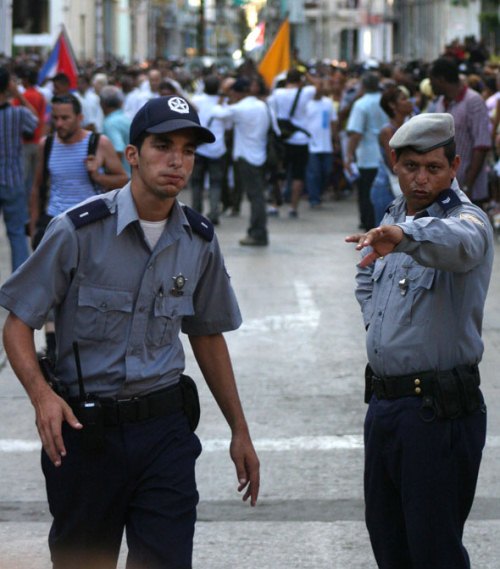

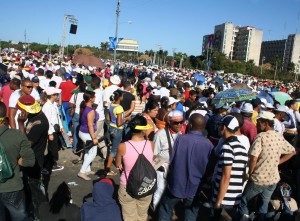


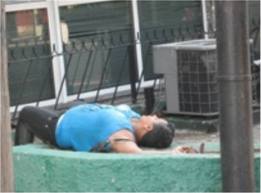

![miriam alcoholclip_image001[2]](https://translatingcuba.com/wp-content/uploads/2013/08/miriam-alcoholclip_image0012.jpg)
